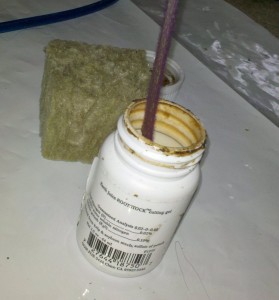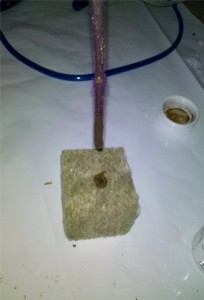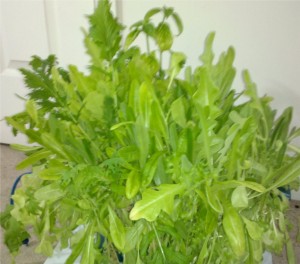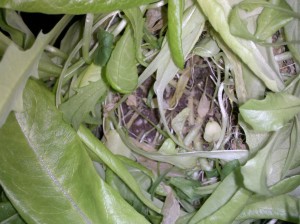The key to keeping mother plants small lies in taking strong cuttings. Strong cuttings will root fast and grow into large plants of higher quality. Weak clones are susceptible to disease and bug infestation. Cloning is very rough on the mother and fresh cutting. Avoid taking too many clones from one mother plant in one day. When mother plants lose a lot of their vegetative growth, they can become weak. A weak mother plant can only provide weak clones(a problem you are already trying to avoid).
Follow these step by step instructions to ensure you have a successful cloning system.
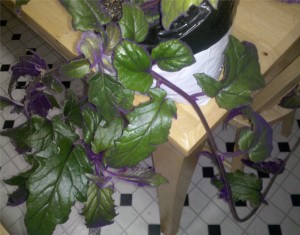
First identify the best part of the plant to clone. This can vary a little depending on the type of plant. For the most part you want to have a long enough stem to fit through your growth medium. Use a razor blade or trimmers to cut a clone at a 45 degree angle. Cut at a node where another branch will grow out. The old stem will appear to split into two new stems. Those two stems can turn into two strong clones or one very strong clone. You have the power to decide.
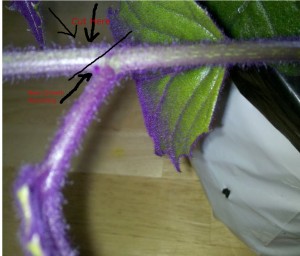
Once you have cut the clone from the main stem, you want to cut off any large leaves because they will drain the cutting of its moisture. Do not fear, the leaves will grow back. The bottom 6-8 inches of the steam should be completely clear of leaves.
Dip the end of the stem in your favorite Cloning Gel. I prefer Earth Juice for organic applications and Clonex for flower types.
Next put the cutting into its own growth medium to be put into your cloning system. The growth medium could be a rockwool cube, a net pot of hydroton, or a neorepene disc. After a few hours if you notice your clones are sagging or wilting, gently mist them with plain water. DO NOT OVER DO IT. You want the plant to feel the need to grow roots to find water and nutrients. Good Luck Gardeners! Feel free to leave comments below if you have any questions.
